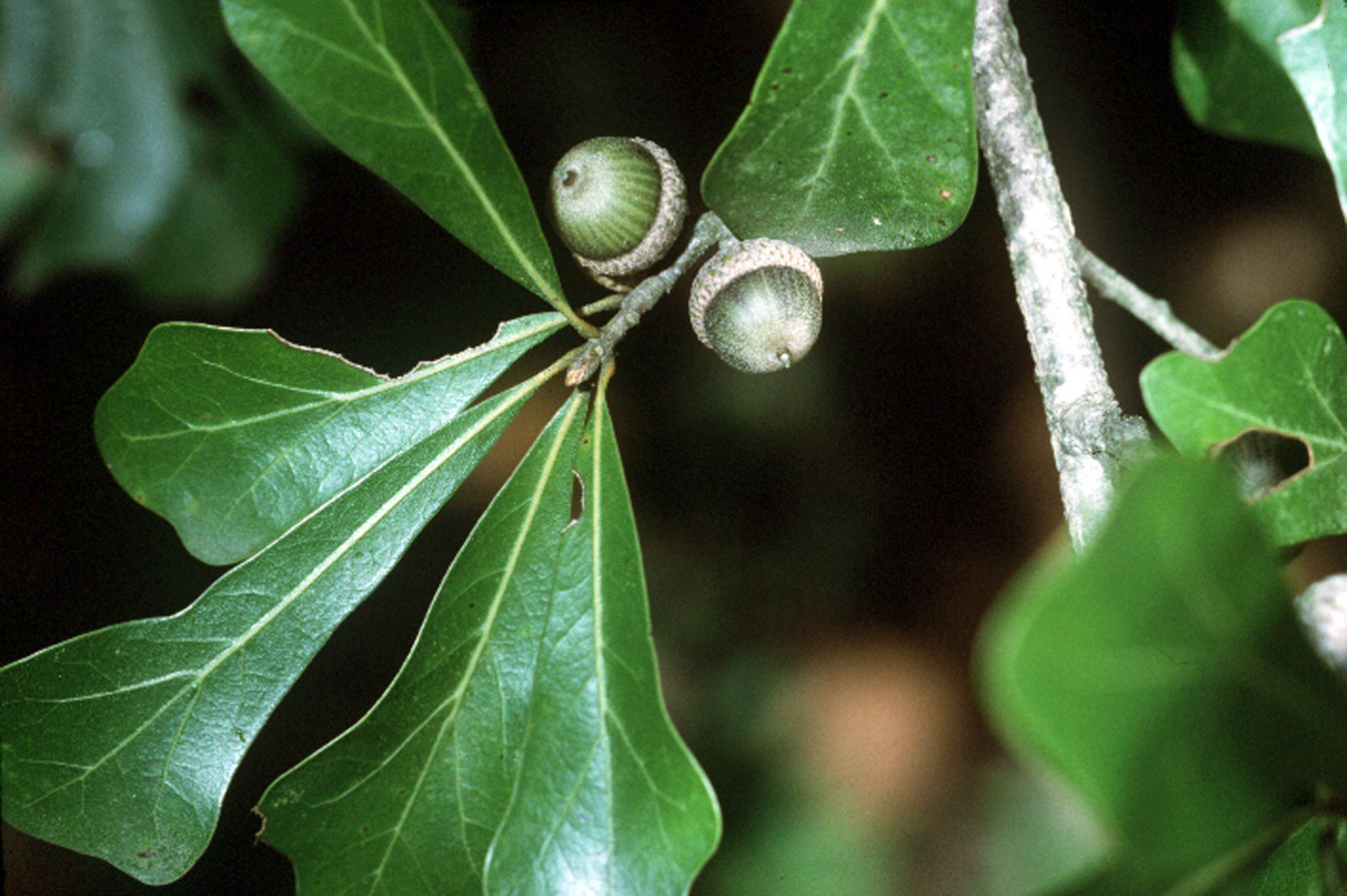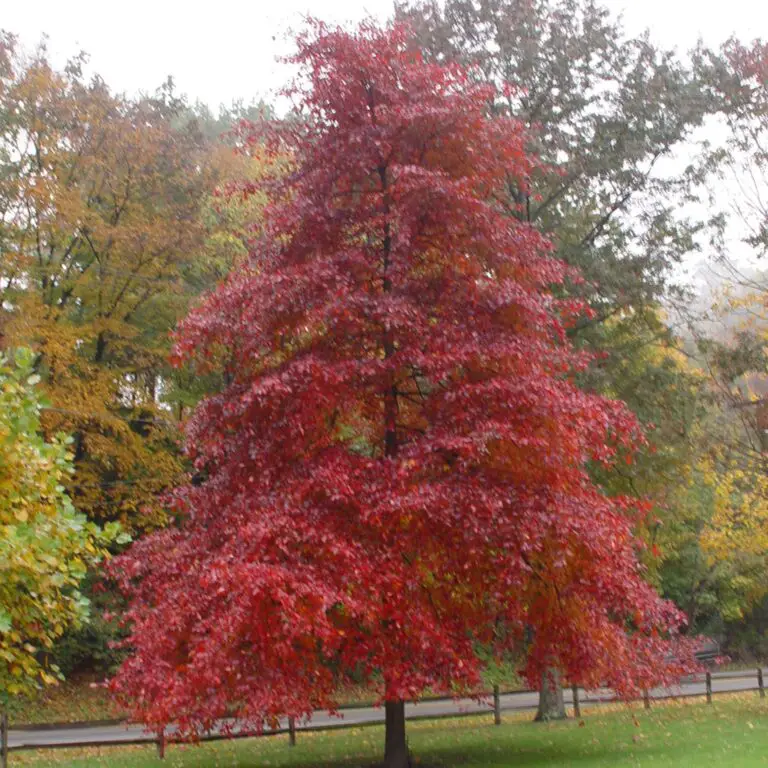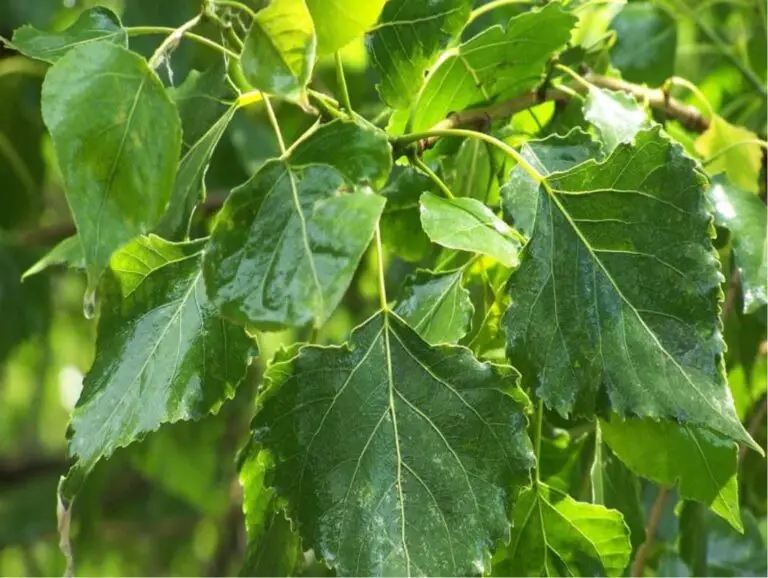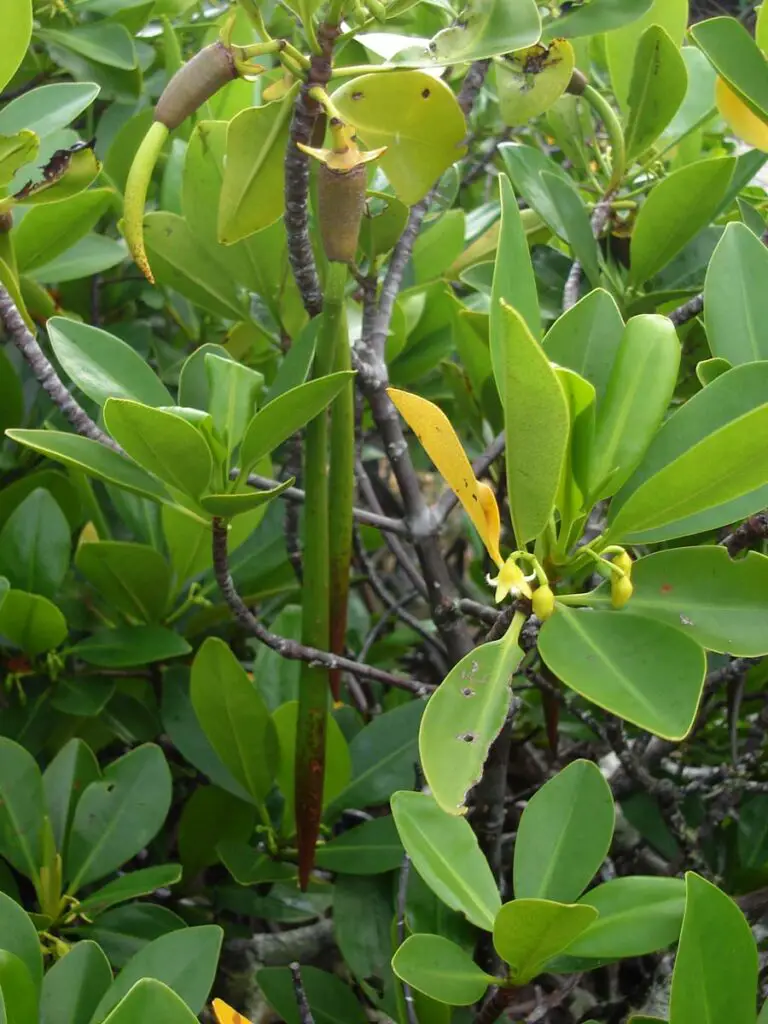Aqua Arboreal Elegance: Delving into the Beauty of Water Oak (Quercus nigra) for Garden Connoisseurs
For garden aficionados, the allure and grace of aquatic plants might seem like the realm of a different world, where earth and water collide to produce flora utterly unique and wondrous. Yet, amidst the lilies and reeds of the marshes, stands a tree that epitomizes the beauty of such a union – the Water Oak (Quercus nigra). Renowned for its resilience and aesthetic charms, the Water Oak is a hidden gem for those looking to infuse their garden with aqua arboreal elegance. In this post, we’ll wade through the pleasing shades of its leaves, ponder the profound presence it adds to any landscape, and explore the depths of its appeal for gardening connoisseurs.
المظهر والخصائص
In the Shadows of Waterscapes
The Water Oak, or Quercus nigra, is a deciduous tree native to the southeastern regions of the United States. Its affinity for wet, sometimes waterlogged soil, rivers, and swamplands give it its common name. While its preference for a soggy foundation might seem limiting, its adaptability to various soil types is surprisingly broad.
A singular spectacle in size, a mature Water Oak can reach heights of up to 100 feet, with a canopy spread to match, casting a vast, welcoming shadow. The trunk, often sturdy and cylindrical, bears dark, scaly bark, adding texture and contrast to the landscape. Its roots, while supportive and essential, may require consideration when planting near buildings or pathways due to their formidable nature.

Versatility in Vigor
One of the Water Oak’s endearing qualities is the diversity of environments it can inhabit. Whether found standing sentinel by a still pond, its reflection glimmering softly in its leaves, or juxtaposed against a lively brook, its roots burrowed in the fertile earth, it conveys an unparalleled sense of strength and tranquility. Its foliage, displaying ovate-lanceolate leaves ranging from a lustrous dark green to a paler shade, exhibits a fluttering dance in the breeze. In fall, the leaves transition to a burnished palette of russets and browns, culminating in a final, grand display before the cycle of renewal.
Attracting Admiration and Wildlife
The Water Oak’s appeal extends to more than just its visual charm. It is a haven for a myriad of creatures. Its robust branches serve as rest stops and nesting sites for birds. Squirrels find solace in its heights, and the occasional owl may find silent perch within. Its acorns, though small, provide a substantial food source, contributing to the intricate web of life in the garden.
Caring for Water Oak
Nurturing the Acorns of Potential
When considering the cultivation of Water Oak, attention to its initial growth is critical. The first year for a young Water Oak is pivotal, and the provision of ample water during dry spells ensures its development. A variety of natural enemies may stake a claim on a young tree, from browsing deer to invasive vines. Careful measures to protect and encourage the young Water Oak will set the course for its decades-long contribution to its environment.
Seasonal Symbiosis
Adopting a seasonal care approach is the key to unlocking the full potential of the Water Oak. In spring, it may require a gentle coaxing of nutrients through fertilization, which should then give way to an abundant, lush growth. The summer asks for vigilance in watering, especially during drought, as the roots may not have reached the same depth as older trees. Fall signals the season of color, transition, and an opportunity to prepare the tree for the forthcoming winter with a mulching treatment.
Winter is a period of dormancy, yet it is also a time to take stock of the tree’s health. Any signs of infirmity, such as fungal infections or pest damage, must be addressed with the necessary diligence. Pruning, sparingly done, is best kept for winter, allowing for clear assessments and the optimal regrowth potential come spring.
Landscaping Ideas
The Art of Integration
The Water Oak lends itself to an assortment of landscaping styles. In traditional designs, it acts as a stately focal point, its shadowy silhouette a portal to a serene dreamspace. For contemporary gardens, its natural opulence is a perfect complement to clean lines and unadorned spaces, where its asymmetrical charm adds a touch of wildness to order.
Ponder over plant pairings that engage the senses. The delicate fragrance of gardenia could waft amidst the Water Oak’s presence, or perhaps the vibrant, year-round color of azaleas vies with the seasonal shifts of the oak. It’s this dance of contrasts and harmonies that create truly inspiring outdoor sanctuaries.
Structures and Silhouettes
Consider the purpose the Water Oak will serve in its placement. Should it frame a vista? Will it provide a sanctuary of shade for contemplation? Will it guide the eye or anchor the expanse? Its presence can inspire the design of patios, walkways, and even outdoor living spaces around it, acknowledging the grandeur it imparts.
Balance its form with natural stone elements or rustic wood to set the stage for a scene unchanged by time. Water features, often the tree’s native domain, can further accentuate the tranquility, as the Water Oak’s leaves could invariably complement their murmuring rhythms.
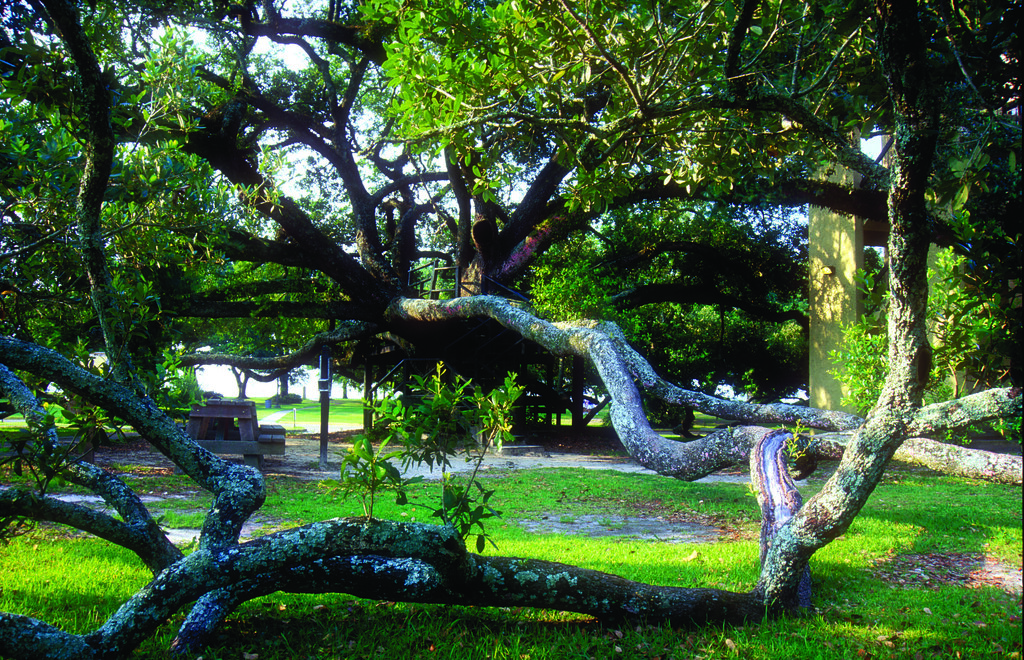
Benefits of Water Oak
Environmental Guardianship
The inclusion of a Water Oak in the garden is a step towards environmental stewardship. Its benefits extend to erosion control, water filtration, and the creation of habitats for a wealth of flora and fauna. Its intricate root system acts as a safeguard against soil loss, particularly along the edges of bodies of water.
The tree, through a process of phytoremediation, plays a role in purifying groundwater, absorbing excess nutrients and pollutants. This silent workhorse is a sentinel against the degradation of natural resources, making every rustling leaf’s contribution to the Earth profound.
Aesthetic Value and Property Appeal
Beyond the ecological, the Water Oak brings a tangible aesthetic value that is priceless. The grandeur and timeless elegance it exudes can significantly enhance the visual appeal of a property, adding perceived value and a unique selling point. Be it for personal enjoyment or marketable reasons, the addition of a Water Oak to the garden is an investment in visual delight and the landscape’s allure.
Conclusion
The beauty of Water Oak is not merely in its outward appearance but in the ecosystem it effortlessly nourishes. Gardening connoisseurs find within its branches a serene majesty that can transform landscapes into living canvases of natural wonder. A Water Oak garden is not merely a collection of plants, but an orchestra of life, each element contributing to a greater, greener symphony. May this post serve as a seed of inspiration, encouraging enthusiasts to consider the Water Oak as a beacon of beauty and a bastion of ecological harmony in their garden paradises.
